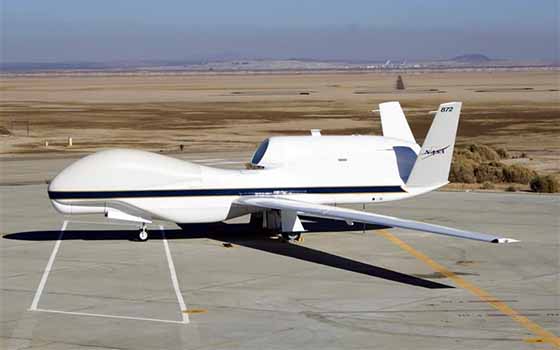欢迎您访问:和记娱乐平台网站!随着环保意识的不断加强,电动车已经成为了人们出行的首选,而爱玛电动车作为国内知名的电动车品牌,备受消费者青睐。不同型号的爱玛电动车价格也存在差异,为了更好地了解爱玛电动车的价格情况,下面将为大家介绍爱玛电动车价格一览表及比较。
Relay - The Essential Component in Oil Pump Control Systems
Introduction:
The oil pump relay plays a crucial role in the control and operation of oil pump systems. This article aims to provide an overview of the relay's function, its importance, and the various types of relays used in oil pump control systems.
1. What is a relay?
A relay is an electrical device that acts as a switch, controlling the flow of current in an electrical circuit. It uses an electromagnet to mechanically open or close a set of contacts, allowing or interrupting the flow of power to a specific component.
2. The function of an oil pump relay:
The oil pump relay is responsible for controlling the operation of the oil pump in an engine. When the relay receives a signal from the engine control unit (ECU), it activates the oil pump, ensuring that the engine has sufficient lubrication for optimal performance.
3. Importance of a reliable oil pump relay:
A reliable oil pump relay is crucial for the proper functioning and longevity of an engine. Without a functioning relay, the oil pump may fail to activate, leading to inadequate lubrication and potential engine damage. Therefore, it is essential to use high-quality relays and regularly inspect and maintain them.

4. Types of oil pump relays:
和记注册登录There are various types of relays used in oil pump control systems, including electromagnetic relays, solid-state relays, and thermal relays. Electromagnetic relays are the most commonly used type and are suitable for most oil pump applications.
5. Factors to consider when choosing an oil pump relay:
When selecting an oil pump relay, several factors need to be considered. These include the relay's voltage and current ratings, its switching speed, and its ability to withstand high temperatures and vibrations. It is also important to choose a relay that is compatible with the specific oil pump and engine model.
6. Installation and maintenance of oil pump relays:
Proper installation and regular maintenance are essential for the reliable operation of oil pump relays. The relay should be securely mounted in a suitable location, away from excessive heat or moisture. Regular inspections should be conducted to check for any signs of damage or wear, and the relay should be replaced if necessary.
7. Troubleshooting common issues with oil pump relays:
In some cases, oil pump relays may malfunction, leading to oil pump failure. Common issues include relay coil failure, contact wear, or loose connections. Troubleshooting these issues involves testing the relay's coil resistance, inspecting the contacts for signs of damage, and ensuring all connections are secure.
Conclusion:
The oil pump relay plays a critical role in ensuring the proper functioning of oil pump systems. By understanding its function, choosing the right relay, and maintaining it regularly, engine damage can be prevented, and optimal performance can be achieved.